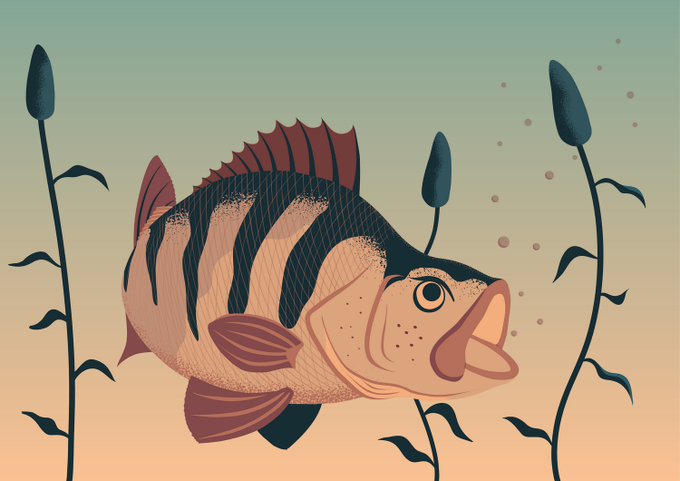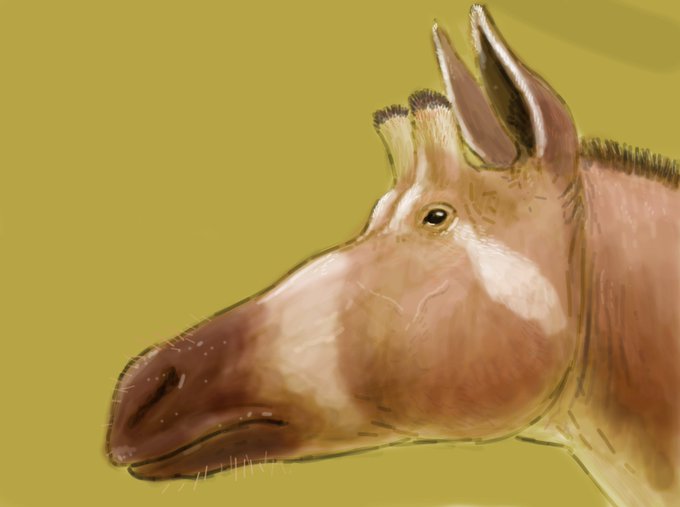fishsketchのTwitterイラスト検索結果。 602 件中 27ページ目
In 4 days I'll will be doing my #sundayfishsketch in front of the Ft Lauderdale #Artwalk crowds during this month's #artbrawl .
If you are in the South Florida area be sure to check it out. #sciart #scicom
A special one for this week's #sundayfishsketch; a #cod enjoying #StPaddysDay 😄 #sciart #scicomm #StPatrickDay #bioart
Inspiration came from a post I saw on @NatGeo a while back for my #SundayFishSketch. My blue colored pencil took a beating this week!
Hopefully not too late for #SundayFishSketch. I randomly picked the Paraliparis darwini, a deep water fish first discovered and described by Stein et al. off Galapagos archipelago. #scicomm #sciart #fishsci #fisheries.
@JaylynSnowMusic I love that you do this! I use anatomy to make art! https://t.co/o2wxMIeGWr #anatomy #sciart #photography #illustration #SundayFishSketch
Joining @DrKatfish for a #PolarVortex collective #spingspirit with a Grenouille des bois, Lithobates sylvaticus #SundayFishSketch #SundayAquaticTetrapodSketchDoesntSoundAsCool 🐟☀️
After the male courtship, female mottled sculpin follow him in its nest, normally under a rock, to lay her eggs. #SundayFishSketch #sculpin #fishthatburrow #sciart #scicomm
For theme "things that burrow," here's #Tethymyxine tapirostrum, the Cretaceous hagfish described last week. Here it's burrowing into the bloated belly of a mosasaur by tying itself in a knot. Colored pencil on illustration board. #SundayFishSketch
A mini quick #sundayfishsketch and PhD commentary and yes another angler fish- I love drawing these.
Bullseye spikefish: Johnsonina eriomma. I love eyespots. #SundayFishSketch
Enjoyed drawing #fish this past week and covered most of my favourite #freshwater #predators, including #pike, #perch and #zander. Looking forward to the #SundayFishSketch tomorrow 🙂 #sciart #scicomm
#Perch is a uniquely beautiful fish; this stripey #predator is one of the most common #fish living in our lakes and rivers and can grow up to 8 - 9 pounds in weight. Perch usually gather in large #shoals when hunting for food. #SundayFishSketch
Highlights from the #paleostream!
Rubeosaurus, Orodus, Samotherium and Gargantuavis.
#paleoart #sciart #bird #SundayFishSketch #dinosaurs
For #SundayFishSketch, here's a throwback of Lunaspis, the Devonian placoderm whose name appropriately means 🌙🛡️ (weird to remember the entire 1st half of 2018 for me was drawing the Paleozoic with colored pencils in a sketchbook) #paleoart #sciart #scientificillustration #art
3 sarcopterygian fish from the Silurian. From the top: Guiyu oneiros, Megamastax, and Psarolepis. 2/3 of these were pretty big predators of the Silurian seas, with Guiyu reaching about 13in while Megamastax is estimated at around 1m (3.28ft) #sundayfishsketch #paleoart
Finally had some time to work on this #shoalbass painting. #sundayfishsketch #fishart #sciart
Pristolepis fasciata / Sepatung / Malayan Leaffish
Lives in swamps and forest rivers in Mekong, Chao Phraya, Java, Borneo, and Sumatra. #sundayfishsketch #sciart
Free book download: https://t.co/yOkmcRl6jL
Poster: https://t.co/Bm6wDmIzz1
Highlights from the #paleostream! Don't forget the release stream on Wednesday! We have here Harapagornis, Acanthorhina, Spinops and Hamipterus. #paleoart #palaeoart #sciart #dinosaurs #sundayfishsketch
Had a really long day today, and I wish I had more time to work on this... Anyway, here are my three Opah fish! Thank you all for participating and following #SundayFishSketch every week. You are all what make this hashtag great! #sciart #watercolor #Inktober2018 #inktober

















































